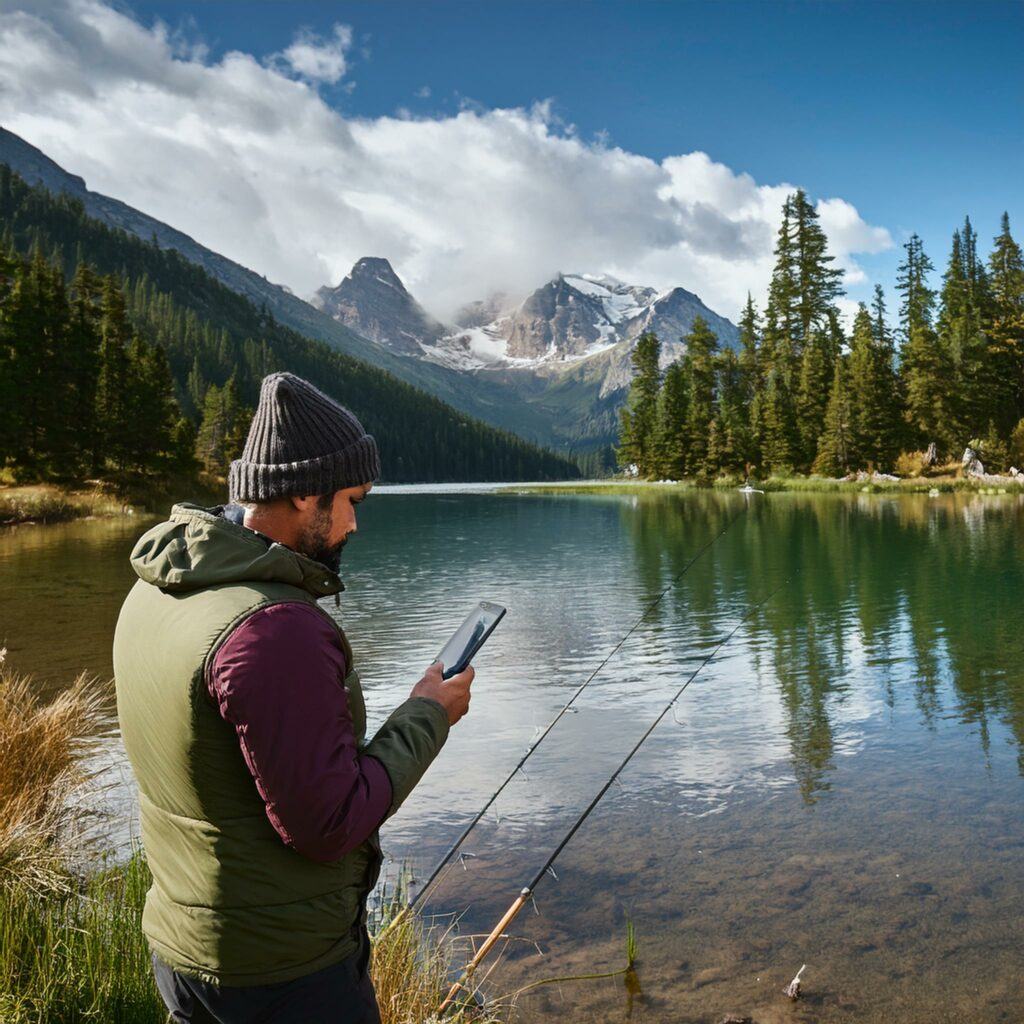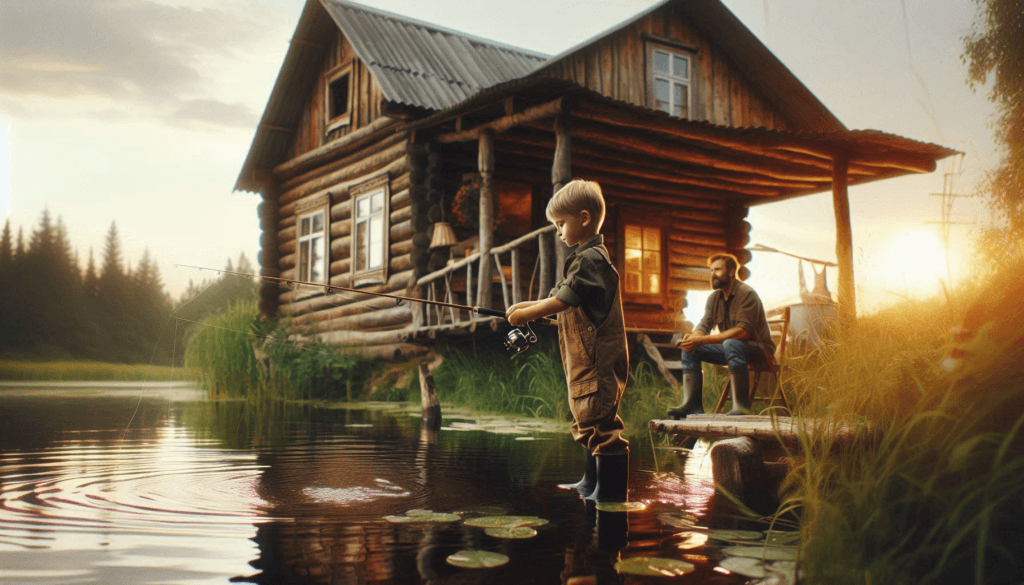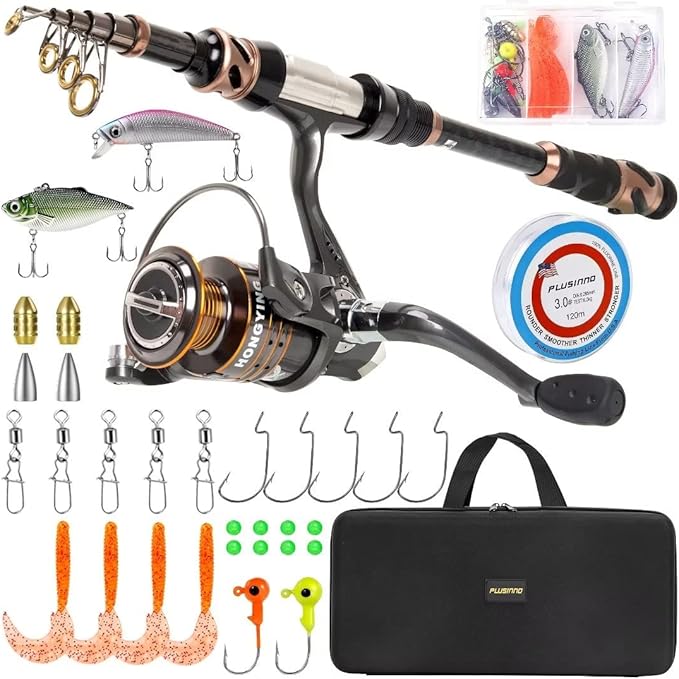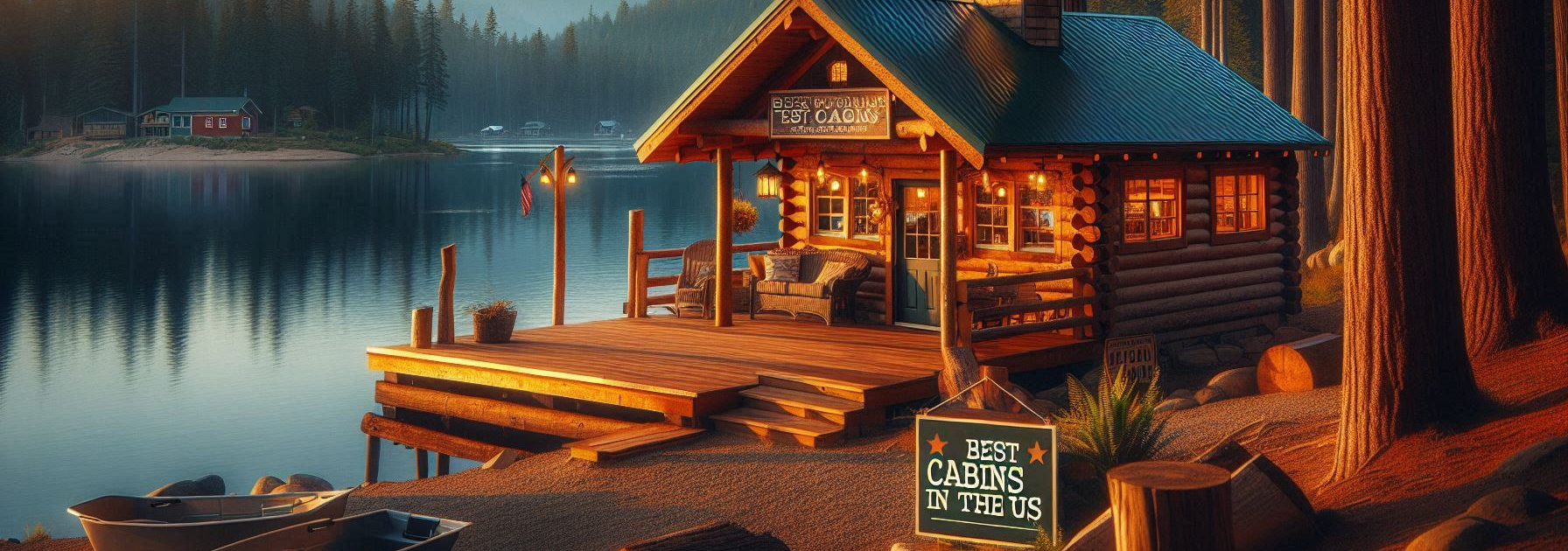How to enjoy your first fishing trip
Fishing is a relaxing and rewarding hobby that can be enjoyed by people of all ages and skill levels. Whether you want to catch some fish for fun, for food, or for sport, you need to know some basic tips and tricks to make your first fishing trip a success. Here are some fishing tips for beginners that will help you get started.
Choose the right equipment
The first thing you need to do is to get the right equipment for your fishing trip. You don’t need to spend a lot of money on fancy gear, but you do need to get the essentials, such as:
- A fishing rod and reel that suit your fishing style and target species. You can choose between spinning, baitcasting, or fly fishing rods and reels, depending on your preference and experience level. Spinning rods and reels are the easiest to use for beginners, as they are versatile and simple to operate.
- A fishing line that matches your rod and reel. You need to consider the strength, diameter, and color of the line, as well as the type of water you are fishing in. Generally, you want a stronger and thicker line for larger and heavier fish, and a thinner and lighter line for smaller and lighter fish. You also want a line that is invisible or blends in with the water, so that the fish won’t be scared away by it.
- A fishing hook that is appropriate for the size and shape of the fish you are trying to catch. You need to make sure that the hook is sharp, strong, and durable, and that it fits the bait or lure you are using. You can choose between different types of hooks, such as J-hooks, circle hooks, treble hooks, or barbless hooks, depending on your preference and the fish regulations in your area.

- A fishing bait or lure that attracts the fish you are targeting. You can use natural baits, such as worms, minnows, crickets, or corn, or artificial lures, such as spoons, spinners, jigs, or plugs. You need to choose a bait or lure that matches the size, color, and movement of the natural food of the fish you are after.
- A fishing tackle box that stores and organizes your fishing equipment. You need to have a sturdy and waterproof box that can hold your rod, reel, line, hooks, baits, lures, and other accessories, such as scissors, pliers, knife, bobbers, sinkers, swivels, and leaders. You also need to label and sort your items, so that you can easily find what you need when you are fishing.
Choose the right location and time
The second thing you need to do is to find a good spot and time for your fishing trip. You need to consider the following factors:
- The type of water you are fishing in. You can fish in freshwater or saltwater, depending on the fish species you are looking for. Freshwater fishing can be done in lakes, rivers, ponds, or streams, while saltwater fishing can be done in oceans, bays, estuaries, or lagoons. You need to check the water quality, depth, temperature, and current, as well as the presence of aquatic plants and animals, to determine the best fishing spots.

- The weather and season you are fishing in. You need to check the weather forecast, the sunrise and sunset times, the moon phases, and the tide charts, to plan your fishing trip. Generally, you want to fish when the weather is stable, the sky is overcast, the wind is mild, and the water is clear. You also want to fish during the early morning or late evening hours, when the fish are more active and feeding. You also want to fish during the spring and fall seasons, when the fish are spawning and migrating.
*The fish behavior and habits you are observing. You need to study the fish you are targeting, and learn about their feeding patterns, preferred habitats, and seasonal movements. You need to use your senses and tools, such as a fish finder, a thermometer, or a map, to locate the fish and follow their movements. You also need to observe the signs of fish activity, such as bubbles, splashes, ripples, or birds, to find the hot spots.
Choose the right technique and etiquette
The third thing you need to do is to master the basic skills and manners for fishing. You need to practice the following steps:

- Casting your line. You need to hold your rod and reel in a comfortable and firm grip, and swing your rod back and forth in a smooth and controlled motion, to cast your line as far as you can. You need to aim for the spot where you think the fish are, and avoid hitting any obstacles or other anglers.
- Setting your hook. You need to watch your line and feel your rod, to detect any bites or strikes from the fish. You need to react quickly and firmly, and pull your rod up and back, to set the hook in the fish’s mouth. You need to avoid jerking or yanking your rod, as this might break your line or lose your fish.
- Reeling in your fish. You need to keep your rod tip up and your line tight, and crank your reel handle steadily and smoothly, to reel in your fish. You need to adjust your drag and speed, and follow the fish’s movements, to avoid losing tension or breaking your line. You also need to be patient and gentle, and avoid rushing or forcing your fish.
- Landing your fish. You need to bring your fish close to the shore or the boat, and use a net, a gaff, or your hands, to land your fish. You need to be careful and gentle, and avoid injuring yourself or the fish. You also need to decide whether to keep or release your fish, depending on the size, species, and condition of the fish, as well as the fishing regulations in your area.
- Handling your fish. You need to handle your fish with respect and care, and use the proper tools and techniques, to avoid harming yourself or the fish. You need to wear gloves, use pliers, and hold the fish firmly, to remove the hook from the fish’s mouth. You also need to use a scale, a tape measure, and a camera, to weigh, measure, and photograph your fish. You also need to use a cooler, ice, and water, to store your fish if you are keeping it, or use a bucket, water, and oxygen, to revive your fish if you are releasing it.
Finally, you need to follow the basic etiquette and ethics of fishing, and respect the environment, the fish, and the other anglers. You need to:
- Obtain a fishing license and follow the fishing rules and regulations in your area.
- Ask for permission and pay attention to the signs and boundaries, if you are fishing on private or restricted property.
- Keep a safe distance and avoid interfering with other anglers, if you are fishing in a crowded or popular spot.
- Clean up your trash and dispose of your waste properly, if you are fishing in a public or natural area.
- Practice catch and release, and use barbless hooks and biodegradable lines, if you are fishing for conservation or recreation purposes.
- Keep only w<hat you need and use what you keep, if you are fishing for food or sport purposes.






